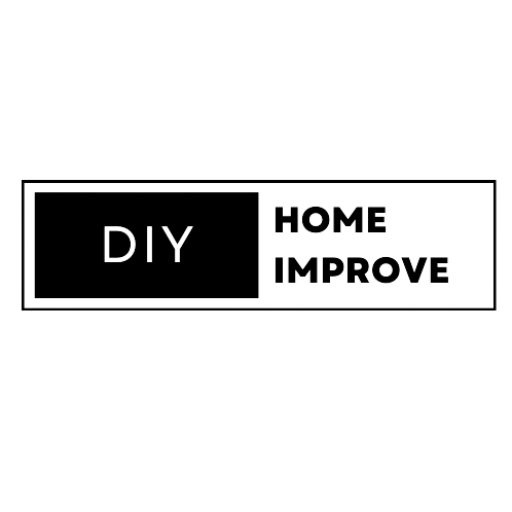Your home’s plumbing system is like a network of pipes and fixtures that make sure water flows in and out smoothly. One really important part of this system is the plumbing vent. It lets air into the drain pipes and helps keep your plumbing working well.
When a plumbing vent gets clogged, it causes problems like slow draining, strange gurgling sounds, and unpleasant sewer smells in your home. This guide will show you how to find and fix a clogged plumbing vent so your plumbing system keeps working smoothly.
Understanding Plumbing Vents
Plumbing vents might not get a lot of attention, but they’re crucial. They let air into the plumbing system. This helps balance the pressure and keeps water flowing freely as it goes down the pipes.
Why Ventilation is Important
Good ventilation stops water from getting stuck and causing slow drains or blockages. It also keeps smelly sewer gases from coming into your home. So, plumbing vents are really important for a healthy plumbing system.
Signs of a Clogged Vent
If your plumbing vent is clogged, you might notice some signs. These can include sinks draining slowly, strange noises from your drains, and even bad smells from sewage in your home. Paying attention to these signs can help you find a possible vent blockage.
Tools You’ll Need
Before you start fixing a clogged plumbing vent, make sure you have the right tools. You’ll usually need a flashlight, plumbing snake, safety gear (like gloves and goggles), and a ladder.
Step-by-Step Guide
Checking for Obstructions
Start by looking at your plumbing vent. See if there are any things blocking it, like leaves or debris. Sometimes, the problem is as simple as getting rid of these blockages.
Using Tools for a Closer Look
If you can’t see the problem, use a plumbing snake or auger to check. Gently put the snake in and twist it to get rid of any blockages. Be careful not to damage the vent or plumbing.
DIY Ways to Clear a Clogged Vent
Safe Methods for Removing Blockages
If you find a clog, try to clear it yourself. Use a plumbing snake or auger to gently get rid of the blockage. Take your time and be patient. Being too forceful can cause damage.
When to Call a Pro
Signs You Need Expert Help
If your DIY efforts don’t work or you’re not comfortable with plumbing systems, it’s best to call a professional plumber. Signs you need expert help include clogs that keep coming back, damage to the plumbing vent, or blockages deep inside the system.
Choosing the Right Professional
If you need a plumber, make sure they’re licensed and experienced with plumbing vent issues. Ask for references and cost estimates before they start working.
Preventing Future Clogs
How to Keep Your Vent Clear
To stop future clogs, think about using a vent cap or screen to keep debris out. Regularly clean the vent opening and check for blockages.
Regular Checks for Prevention
Make vent inspections part of your regular home maintenance. Doing this can help you find and fix problems before they get worse.
Mistakes to Avoid
Things Not to Do When Fixing the Vent
Avoid common mistakes like being too forceful with the plumbing snake, using harsh chemicals, or not using safety gear. These mistakes can make things worse.
Ensuring Success
If you’re fixing a clogged plumbing vent on your own, follow the steps carefully and take your time. Rushing can lead to unintended consequences.
Checking Your Repair
After you’ve cleared the clog, test your plumbing system to make sure it’s working well. Run water through different fixtures to see if the vent is clear.
Final Tips for a Healthy System
How to Prevent Clogs Long-Term
Make regular maintenance and inspections part of your plan to keep your plumbing vent and the whole system in good shape. Preventing problems is often the best solution.
Best Practices for Plumbing Vent Care
Follow good habits for keeping a healthy plumbing system. This includes being careful about what goes down your drains and scheduling professional check-ups from time to time.
To maintain a smoothly running plumbing system at home, simply follow these steps and keep up with regular plumbing maintenance. If you encounter concerns or persistent issues, seeking professional assistance is a wise choice.




